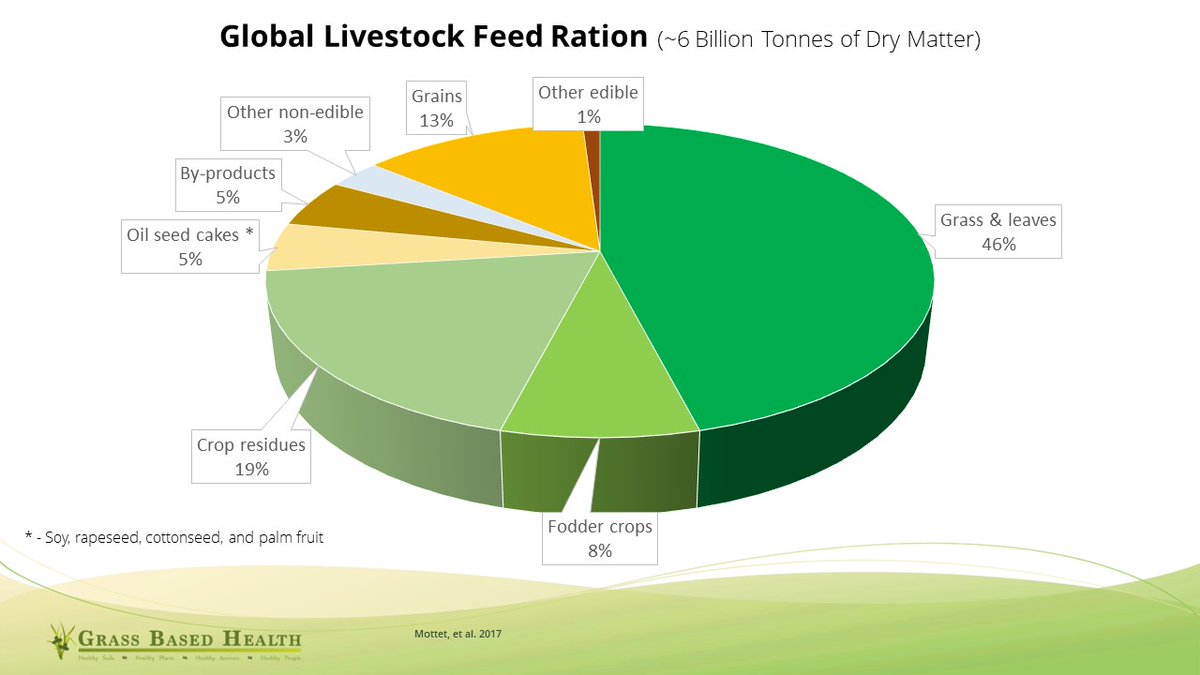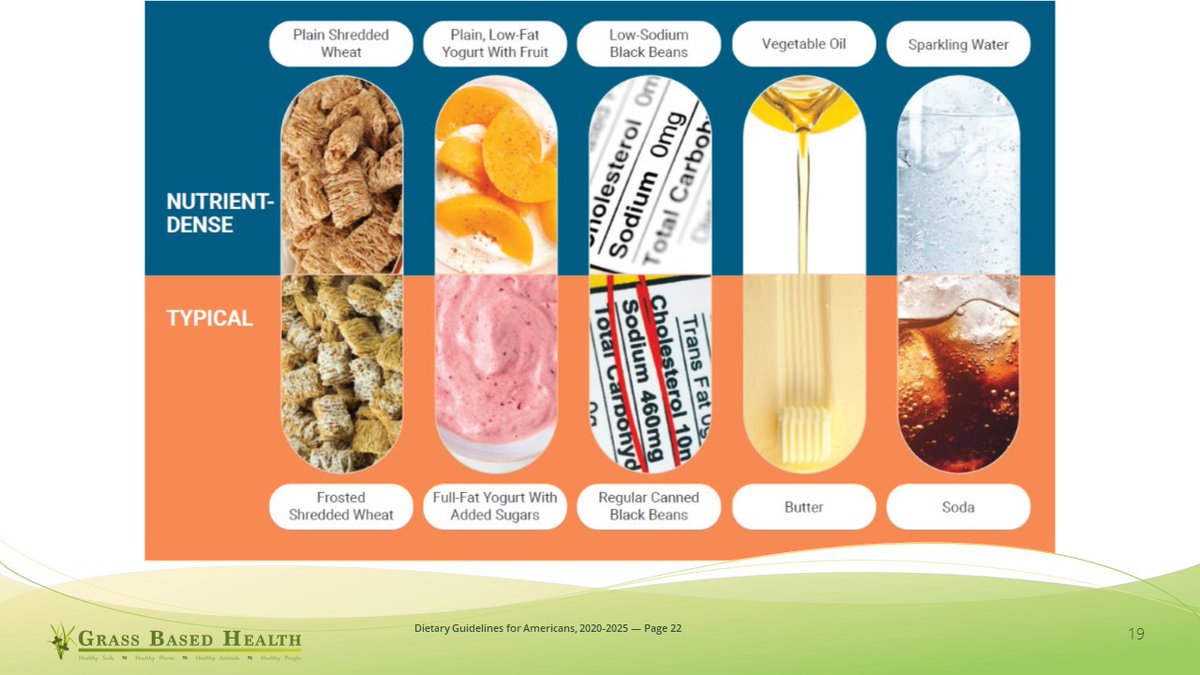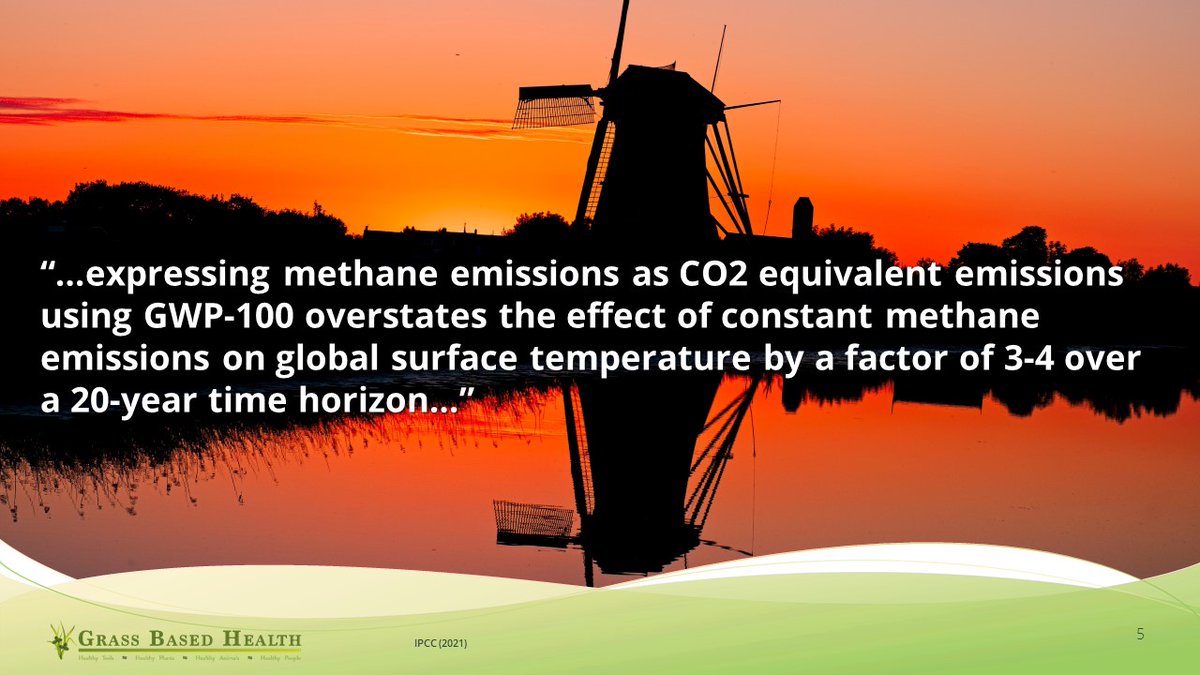1/5
Food for Thought (especially for the rural #Ruminati):
“Diabetes prevalence is about 15 to 17 percent higher in rural areas than in urban areas..."
Food for Thought (especially for the rural #Ruminati):
“Diabetes prevalence is about 15 to 17 percent higher in rural areas than in urban areas..."
2/5
"in rural areas, the likelihood of dying due to diabetes-related hospitalizations was 3.4 percent higher in rural areas than in large central metropolitan areas..."
"in rural areas, the likelihood of dying due to diabetes-related hospitalizations was 3.4 percent higher in rural areas than in large central metropolitan areas..."
3/5
"Mortality rates were highest within the rural areas of the South and Midwest regions (21.0 and 15.1 deaths per 100,000 population, respectively)... "
hrsa.gov/about/news/pre…
"Mortality rates were highest within the rural areas of the South and Midwest regions (21.0 and 15.1 deaths per 100,000 population, respectively)... "
hrsa.gov/about/news/pre…
4/5
- Perhaps a re-examination of the official risk factors would be in order?
- Do they really believe that fruits and veggies are the key to avoiding diabetes (let alone reversing it)?
- How many of their "Risk Factors" can individuals influence?
- What's their evidence base?
- Perhaps a re-examination of the official risk factors would be in order?
- Do they really believe that fruits and veggies are the key to avoiding diabetes (let alone reversing it)?
- How many of their "Risk Factors" can individuals influence?
- What's their evidence base?

5/5
- Given the "Race and ethnicity" risk factor, it's a good thing so much of our policies are based Nutritional Epidemiology of Chronic Disease surveys of sociologically homogeneous populations...
ruralhealthinfo.org/toolkits/diabe…
- Given the "Race and ethnicity" risk factor, it's a good thing so much of our policies are based Nutritional Epidemiology of Chronic Disease surveys of sociologically homogeneous populations...
ruralhealthinfo.org/toolkits/diabe…
5a
Chronic diseases in addition to diabetes are more prevalent in "Nonmetropolitan" areas. No surprise here for anyone familiar with hyperinsulinemia and chronic disease.
Chronic diseases in addition to diabetes are more prevalent in "Nonmetropolitan" areas. No surprise here for anyone familiar with hyperinsulinemia and chronic disease.

5b
And rural folks are more likely to die of them than their "Metropolitan" cousins.
ruralhealthinfo.org/topics/chronic…
And rural folks are more likely to die of them than their "Metropolitan" cousins.
ruralhealthinfo.org/topics/chronic…

• • •
Missing some Tweet in this thread? You can try to
force a refresh





















